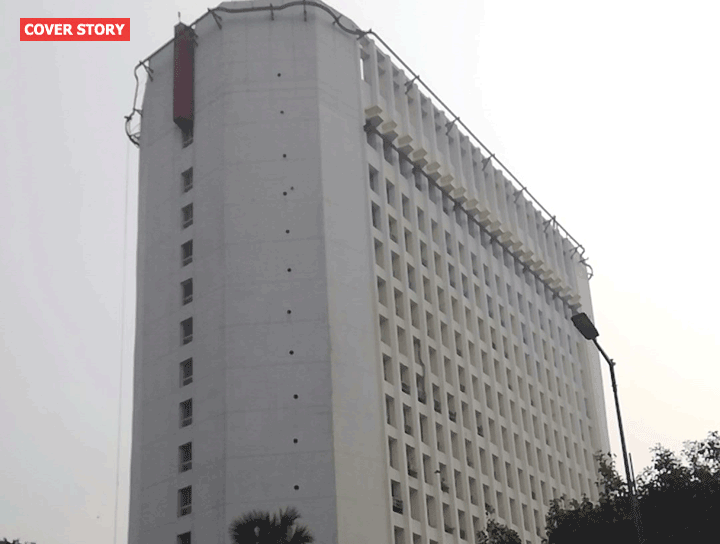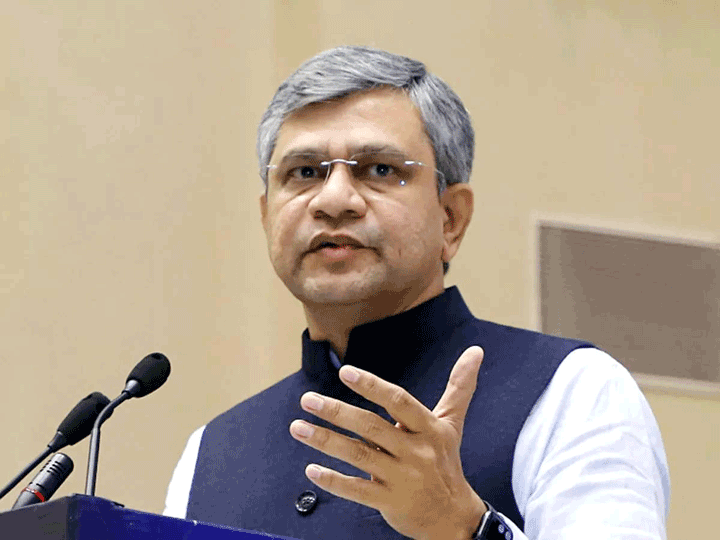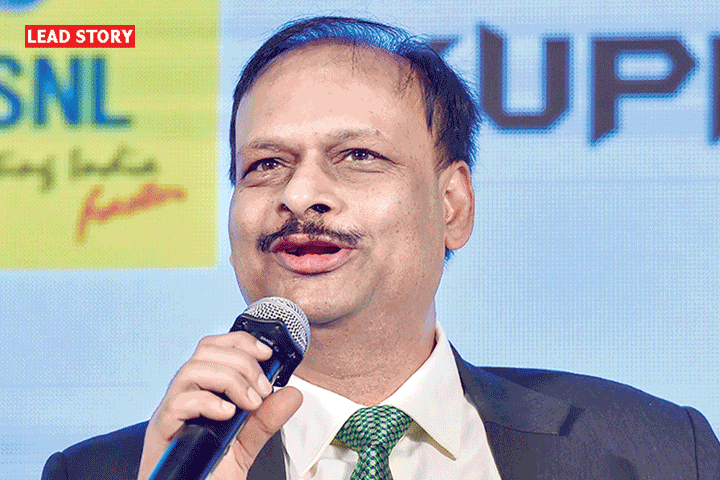Airtel expects new security directive to come into effect in 6-9 months
Bharti Airtel expects the new security directive for telecom networks to come into effect in six to nine months, and is studying the implications, including cost elements, given that future orders will be limited to certain types of partners, a senior company executive said.
He added that with wide 5G adoption in India expected not before 18-24 months, Airtel has enough time to explore and adopt other technologies such as Open Radio Access Networks (OpenRAN) which will make it easier to transition to new equipment and software partners, from traditional vendors. He though expects 4G to remain relevant for the next 10 years.
“The (5G) spectrum prices are too high and the ecosystem doesn’t exist. Even if we move rapidly, it will take at least 18-24 months for us to get to 5G,” a senior executive at Bharti Airtel told ET.
This is starkly different from Reliance Jio Infocomm’s stand. Jio says it is ready to roll-out 5G technology and has been urging the government to auction the airwaves as soon as possible. According to the reserve price suggested by the telecom regulator, a 100 Mhz of 5G spectrum will cost about Rs 50,000 crore, termed exorbitant by telcos.
Airtel declined to comment.
Responding to what the new National Security Directive on the telecom sector implied, the executive said, “…it will take another six to nine months for this to come into place. However, from what we understand is that future orders will be limited to certain types of partners, and we will deal with it and abide by it”.
The directives envisage barring certain equipment providers from providing critical core components for 5G networks. Experts say the government’s directive is aimed at keeping Chinese gear makers Huawei and ZTE out of India’s 5G deployments, in line with the US and the UK which have taken proactive steps to bar them from critical infrastructure.
“…we are thinking hard over what the immediate directive is and how to deal with it…,” the official said.
He added that the problem in implementing such a policy would mean additional costs as the 5G layer was supposed to be laid on the 4G network. For Airtel and Vodafone, Huawei and ZTE have been critical partners for their 4G networks in several circles. However, going forward they will need to rope in others for 5G network and this is where the challenge lies.
If a telco wishes to use the same spectrum for both 4G as well as 5G, which will be the case, then it is imperative to have the same vendor as the ‘interface’ between different equipment wouldn’t talk to each other since these are closed and not open sourced.
“Each vendor had their own software and their own algorithm, their own logic and so the equipment is closed to the other vendor,” the executive said, explaining the problem if Airtel were to drop Huawei from 5G contract for a circle where the Chinese gear maker is a 4G partner.
In order to solve this problem, Airtel through the O-RAN alliance is trying to develop an interface called X2 so that the company can deploy a non-Chinese gear maker without incurring additional costs. According to the company’s internal estimates, O-RAN solutions would ultimately come into place two years from now.
Given the massive bout of investment that would be required in deploying a completely fresh and standalone 5G network, it wasn’t feasible for the company to do so, making it imperative to find solutions through the O-RAN partnership.
Citing examples of Germany and the US, the executive said, “almost every operator in the world is moving towards the non-standalone 5G architecture which involves 4G and so for the next 5-10 years, 4G will continue to be relevant.”











